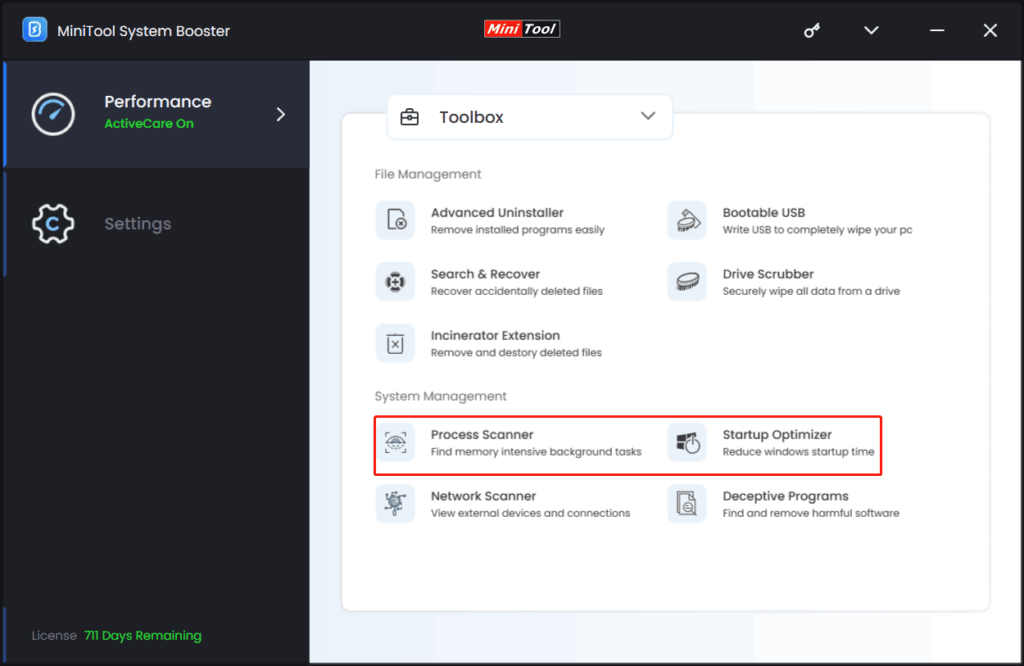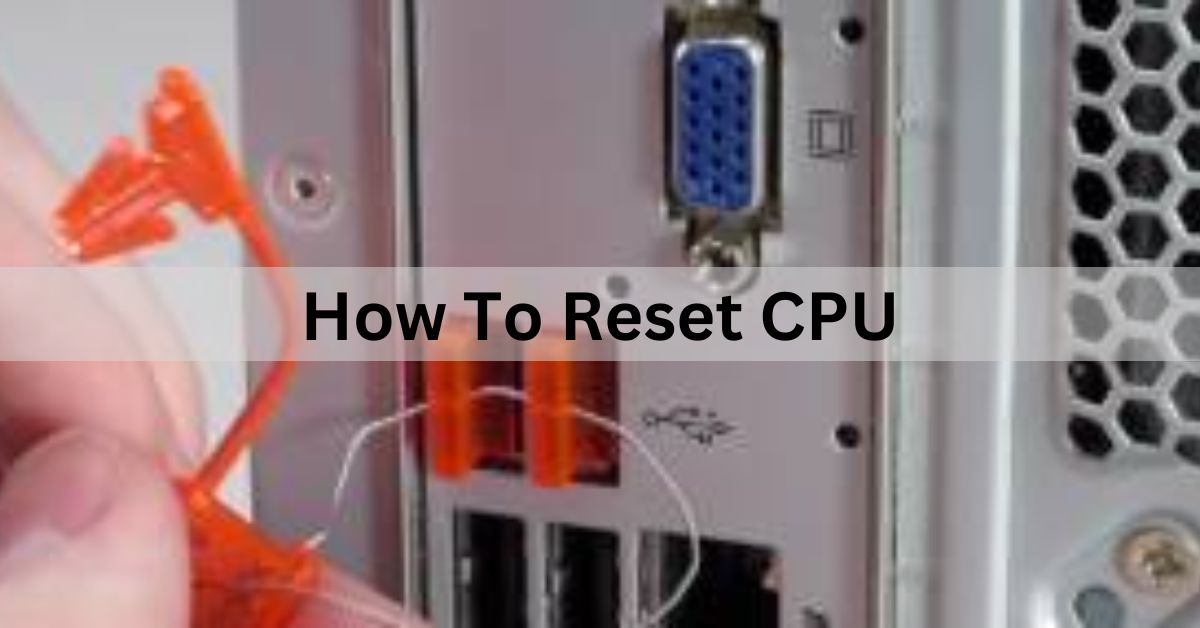Resetting your CPU can be an effective solution for resolving performance issues, resetting overclocking changes, or clearing any BIOS errors. This guide will cover everything you need to know about resetting your CPU, why it can help, and detailed steps to safely perform a reset. We’ll also cover common troubleshooting steps if problems persist after a reset.
“To reset a CPU, first power off your device and disconnect it from any power source. Then, clear the CMOS by removing and reinserting the CMOS battery or using the motherboard jumper method.”
In this article, We will discuss “ How To Reset Cpu”
Table of Contents
Why Resetting Your CPU Can Improve Performance:

Resetting the CPU doesn’t actually change the physical processor but resets related settings and configurations in the system. Here’s why this can be helpful:
- Clears Overclocking Settings: If you’ve overclocked your CPU for better performance but now encounter crashes or overheating, resetting restores default settings.
- Solves Performance Issues: If the computer slows down or behaves erratically, resetting the CPU settings through the CMOS often resolves these problems.
- Fixes BIOS or System Errors: Certain BIOS or system errors might cause unexpected CPU behavior, and a reset will restore stability
Step-by-Step Methods to Reset Your CPU:
Let’s dive into the most effective ways to reset your CPU, whether by resetting the CMOS battery, using a motherboard jumper, or adjusting BIOS/UEFI settings.
Power Off Your Computer and Disconnect Power Supply:
This is a critical first step, as working inside a computer can be dangerous if any power source is connected.
Step 1: Power down your computer entirely and make sure it is fully off.
Step 2: Turn off the power supply. For desktops, there’s often a power switch at the back of the case.
Step 3: Unplug the computer from the wall outlet or power strip.
Note: Ground yourself by touching a metal surface to prevent static electricity from damaging sensitive components.
Also Read: How To Check CPU – A Comprehensive Guide!
Clear the CMOS Battery to Reset BIOS Settings:
Clearing the CMOS resets your BIOS (Basic Input/Output System) settings, which directly impacts the CPU’s configuration.
Step 1: Open your computer’s case to access the motherboard. Ground yourself to avoid static damage.
Step 2: Locate the CMOS battery, a small, round, silver battery similar in size to a coin. It is often located near the CPU.
Step 3: Carefully remove the battery. Use a small flathead screwdriver if necessary, but be cautious not to damage the motherboard.
Step 4: Wait for 5-10 minutes to allow the CMOS to clear. Some experts suggest holding down the power button while the battery is out to drain any remaining power.
Step 5: Reinsert the CMOS battery in the same orientation and close your computer’s case.
Removing and replacing the CMOS battery will reset the BIOS settings, which includes any specific configurations made to the CPU, such as overclocking.
Reset CMOS Using the Motherboard Jumper Pins:

Many motherboards have a dedicated jumper for resetting CMOS. It’s a quick alternative to removing the battery.
Step 1: Find the jumper pins labeled “CLRTC,” “Clear CMOS,” or something similar on your motherboard. Refer to the motherboard’s manual for the exact location.
Step 2: Move the jumper from its default position to the “reset” position (usually one or two pins over).
Step 3: Wait for 5-10 seconds, then move the jumper back to its original position.
This will clear the CMOS, resetting BIOS and CPU settings. Always refer to the manual for exact instructions as jumper positions can vary.
Reset CPU Settings via BIOS/UEFI Interface:
If you don’t want to open your PC, you can often reset CPU settings directly from the BIOS or UEFI interface.
Step 1: Restart your computer. As it boots, press the key to enter BIOS or UEFI (often F2, Delete, or Esc). Look for prompts on the screen during boot.
Step 2: Once in the BIOS menu, look for options labeled “Load Default Settings” or “Reset to Factory Defaults.” These options are usually under sections like “Exit” or “Advanced.”
Step 3: Select this option and confirm. Then, save your changes and exit BIOS.
After resetting in BIOS, your system will reboot with all settings, including the CPU configuration, restored to default.
Tips for Safely Resetting Your CPU:
- Keep Track of Your Original Settings: If you have specific BIOS settings configured, make a note of them before resetting, so you can restore them if necessary.
- Prevent Static Damage: Static electricity can damage delicate computer components. Always touch a metal object before working inside your PC.
- Be Patient: After resetting, allow your computer to boot up normally. It might take a moment as the system reconfigures default settings.
Also Read: What Is The Normal CPU Temp – Essential Facts For PC Users!
Troubleshooting Issues After a CPU Reset:
In some cases, resetting the CPU may not completely resolve the issues, especially if they stem from other hardware problems. Here are some additional troubleshooting steps:
- Check for BIOS Updates: Sometimes, BIOS updates from your motherboard manufacturer can resolve issues related to CPU performance and compatibility.
- Inspect Cooling Solutions: If your CPU still runs hot, inspect your cooling setup. Ensure the CPU cooler is installed properly and that there is adequate thermal paste.
- Reinstall Windows (If Necessary): If software conflicts or corruption cause issues, a fresh install of Windows can improve overall performance.
- Run Hardware Diagnostics: Use software like Intel Processor Diagnostic Tool or AMD Ryzen Master to check your CPU’s health.
FAQ’s
Certainly! Here are five FAQs with brief answers about resetting a CPU:
1. What does resetting the CPU mean?
Resetting the CPU involves clearing BIOS settings, which can reset any overclocking or configuration changes that may affect CPU performance.
2. Will resetting the CPU delete my files?
No, resetting the CPU only affects system configurations, not personal files or installed programs.
3. How do I reset my CPU through the BIOS?
Enter the BIOS during startup (usually by pressing F2, Delete, or Esc), and select “Load Default Settings” or “Factory Reset” to restore default configurations.
4. Why would I need to reset my CPU?
If your computer is unstable, experiencing crashes, or showing performance issues after overclocking, a CPU reset can help restore stability.
5. Can I reset the CPU without opening my computer?
Yes, you can reset CPU settings through BIOS without opening the PC, or by using motherboard settings if you’re comfortable working inside the computer.
Conclusion
Resetting your CPU can resolve system instability, clear overclocking settings, and restore default configurations for smoother performance. It’s a safe and effective troubleshooting step that often requires only basic tools or access to BIOS settings. Following these methods will help ensure your system runs at its best, without the need for complex repairs.

